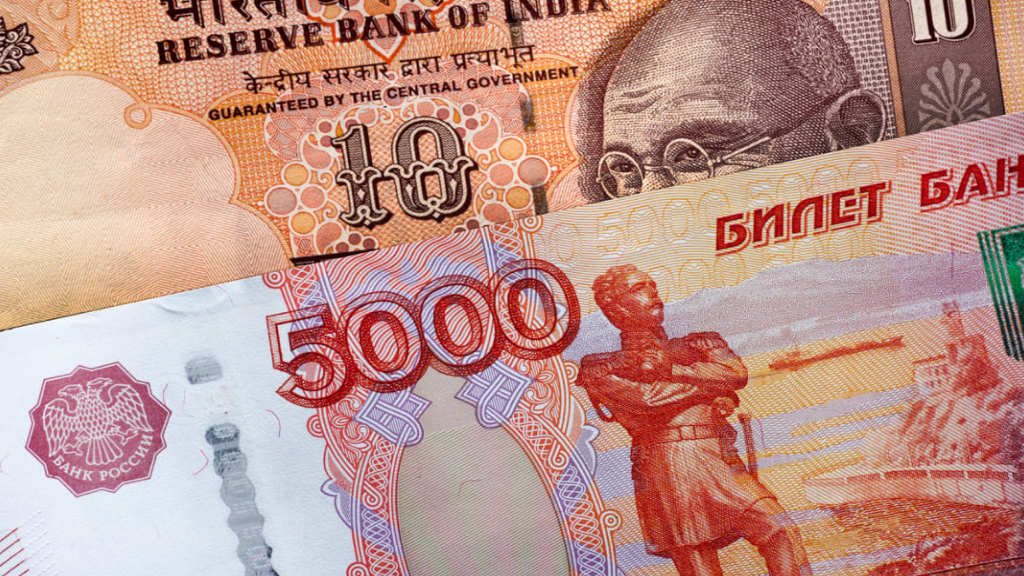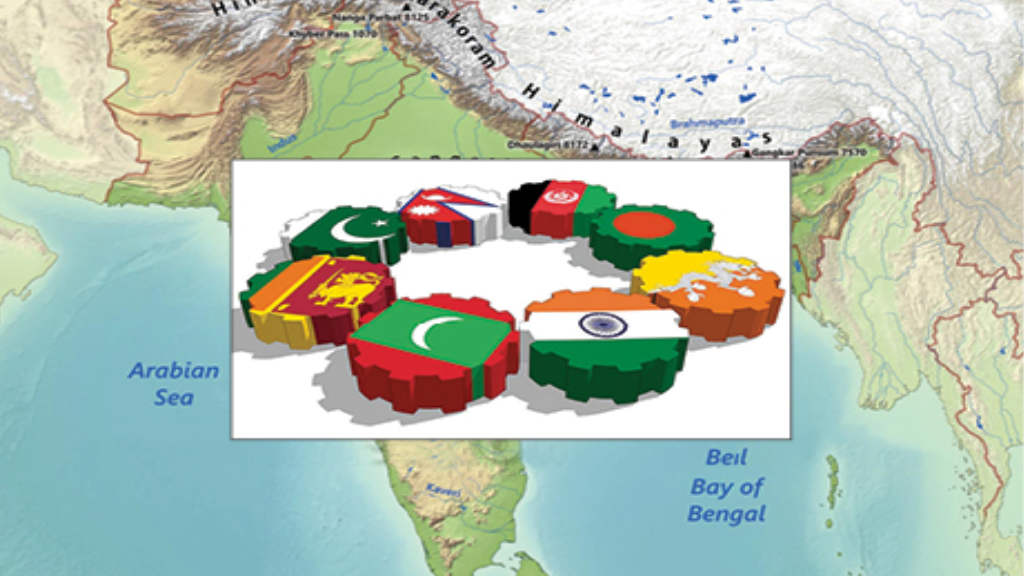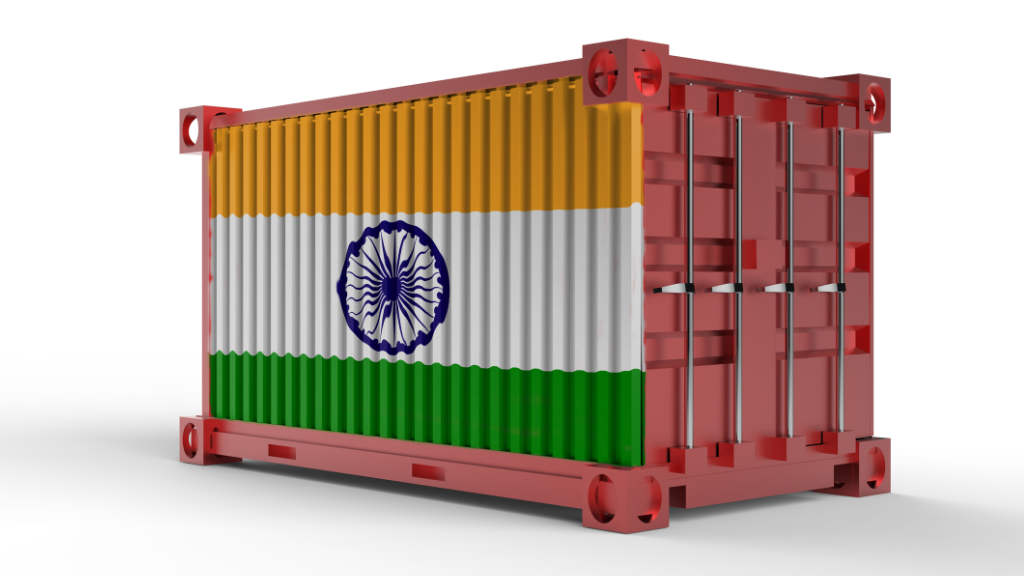With Russian President Vladimir Putin’s state visit to India now scheduled for December 4th and 5th, the prospect of Russia and India linking their national payment systems to bypass the SWIFT network will be high on the agenda, according to Deputy Foreign Minister Andrey Rudenko.
The subject follows discussions already held on the matter between Putin and Indian Foreign Minister Subrahmanyam Jaishankar by connecting Russia’s SBP with India’s UPI (United Payments Interface). This would allow Russians using the national Mir and RuPay systems to make transactions directly with Indian financial services. Those discussions were held earlier this month when Jaishankar visited Moscow to participate in the SCO summit.
Rudenko said that since the imposition of Western sanctions on Russian banks, many visitors from the country are forced to use cash for payments in India. Indians visiting Russia also face a similar problem since international Mastercard and Visa cards do not work in the country. Moscow is hopeful that the countries can agree on the mutual recognition of the Mir and RuPay systems. He stated that “This would contribute to a greater influx of Russian tourists to India, would help them navigate the country and purchase goods and services provided by our Indian friends. We hope that this and other issues will be resolved.”
Alexey Kupriyanov, head of the Center of the Indo-Pacific Region of the Primakov National Research Institute of World Economy and International Relations, has said that the linking of Russian and Indian payment systems can be achieved relatively quickly on a limited scale, stating that “The next step is to pair Russia’s Faster Payments System and India’s United Payments Interface, to ensure that businesses can make mutual settlements through Mir and RuPay.”
Such a link-up would eliminate the need for intermediaries and reduce commissions on currency exchange by up to 30%. It works by enabling Russians and Indians to make QR code and electronic wallet payments in each other’s countries, eliminating the need for credit or debit cards.
Meanwhile, Russia and India have stepped up the use of the rupee and ruble for trade settlements, with 90% being made in national currencies. India also pays for Russian oil in currencies of countries that have friendly relations with Moscow, such as the UAE Dirham.
Further Reading





